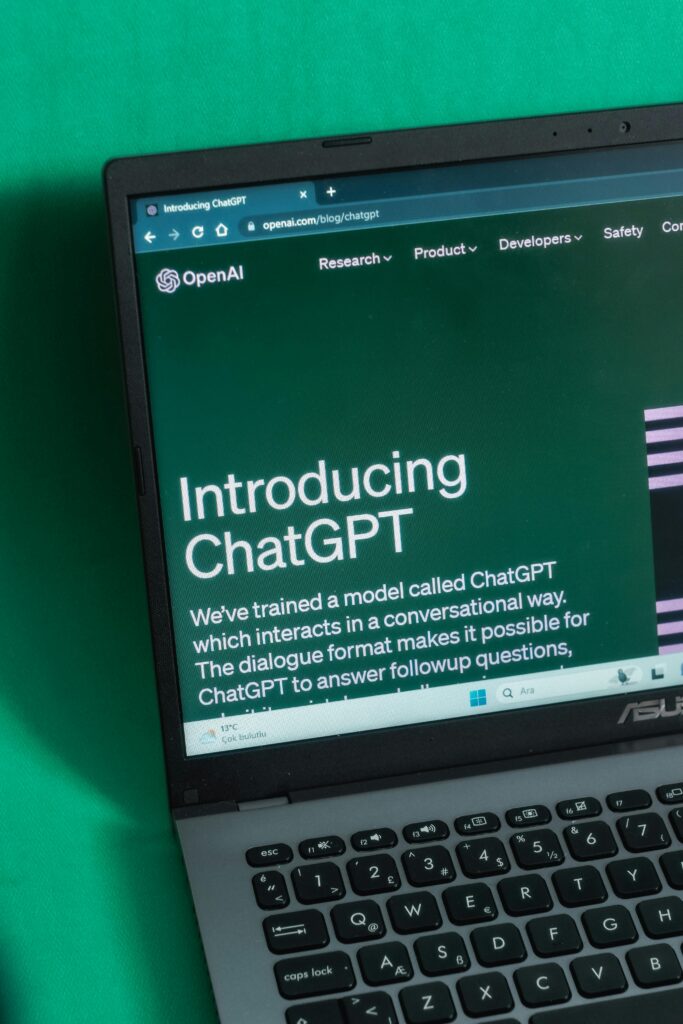The difference between profitable campaigns and wasted spend often comes down to choosing the right PPC bid management options for your specific goals. This guide reveals the exact bid management strategies that transform underperforming campaigns into profit machines.
Understanding PPC Bid Management Fundamentals
PPC bid management is the strategic process of setting and adjusting your maximum cost-per-click bids to achieve optimal ad placement while maintaining profitability.
Think of it as a sophisticated balancing act where you’re constantly optimizing between visibility and cost efficiency.
Why Bid Management Makes or Breaks Your Campaigns
Every click costs money, but not every click brings value. Without proper bid optimization, you’re essentially gambling with your marketing budget.
Smart bid management ensures you’re paying the right price for the right traffic at the right time.
The stakes are high – with average CPCs reaching $2.69 for search ads, a poorly managed campaign can drain budgets faster than you can say “negative ROI.”
Yet when done correctly, PPC delivers an average 200% return on investment, making it one of the most profitable digital marketing channels available.
Core Components of Effective Bid Management
Successful bid management rests on three pillars: keyword selection, competitive analysis, and performance tracking. Your keyword bids act as the foundation, determining which searches trigger your ads and how much you’ll pay.
Competitive analysis reveals the auction landscape, helping you identify opportunities where you can win profitable clicks without overpaying.
Performance tracking closes the loop, providing data to refine your bidding strategies continuously.
Manual Bidding Strategies: Complete Control at Your Fingertips
Manual bidding puts you in the driver’s seat, allowing precise control over every keyword bid in your account.
This approach works best when you have deep market knowledge and time to actively manage campaigns.
Manual CPC: The Traditional Approach
With manual CPC bidding, you set individual maximum bids for keywords, ad groups, or placements. This granular control lets you allocate budget strategically bidding higher on proven converters while testing new keywords at lower bids.
According to Google’s official documentation, manual bidding remains popular among advertisers who prefer direct control over their auction participation.
The key advantage lies in flexibility. You can quickly respond to market changes, seasonal trends, or competitive pressures by adjusting bids in real-time.
However, this flexibility demands constant attention and expertise to avoid missing opportunities or overspending.
Portfolio Bid Strategies
Portfolio bidding takes manual control to the next level by allowing you to manage bids across multiple campaigns from a single strategy.
Instead of adjusting individual campaign settings, you create overarching rules that apply to campaign groups sharing similar goals.
This approach streamlines management while maintaining the precision manual bidders love.
Automated Bidding: Let Machine Learning Optimize Your Campaigns
Automated bidding leverages Google’s machine learning to adjust bids in real-time based on countless signals invisible to human managers.
These smart bidding strategies analyze user behavior, device type, location, time of day, and hundreds of other factors to predict conversion likelihood.
Maximize Conversions Strategy
This straightforward automated strategy aims to generate the most conversions possible within your daily budget.
Google’s algorithm distributes your budget throughout the day, automatically setting bids to capture high-value opportunities while avoiding overspending on unlikely converters.
The beauty of Maximize Conversions lies in its simplicity – you set a budget and let the algorithm work. It’s particularly effective for campaigns with consistent conversion data, as the machine learning model needs historical performance to make accurate predictions.
Target CPA: Predictable Cost Per Acquisition
Target CPA bidding revolutionizes budget predictability by letting you specify exactly how much you’re willing to pay per conversion.
The system then automatically adjusts bids to achieve your target cost per acquisition across the campaign. Recent studies show that Target CPA can reduce acquisition costs by up to 30% when properly configured with sufficient conversion data.
This strategy shines for businesses with clear profit margins and customer lifetime values. By setting your target CPA below your break-even point, you ensure profitable growth while the algorithm handles the complex bid calculations.
Target ROAS: Revenue-Focused Optimization
For e-commerce and businesses tracking revenue values, Target ROAS (Return on Ad Spend) bidding optimizes for total conversion value rather than conversion count.
You tell Google your desired return, say 400% and the algorithm prioritizes high-value conversions while maintaining your target ratio.
This sophisticated approach requires accurate conversion value tracking but delivers powerful results.
The algorithm learns which keywords, audiences, and contexts drive your most valuable customers, automatically allocating budget toward profit-maximizing opportunities.
Hybrid Approaches: Combining Human Insight with Machine Intelligence
The most successful advertisers often blend manual control with automated optimization, creating hybrid strategies that leverage both human expertise and machine learning capabilities.
Enhanced CPC: The Gateway Drug to Automation
Enhanced CPC represents the perfect middle ground for cautious advertisers. You maintain manual bid control while allowing Google to adjust bids by up to 30% when the algorithm detects high conversion probability. This gentle automation helps capture additional conversions without surrendering complete control.
Seasonal Bid Adjustments with Automation
Smart advertisers combine automated bidding with manual bid adjustments for devices, locations, and schedules. For instance, you might use Target CPA as your base strategy while applying a +20% bid modifier during peak business hours. This layered approach maximizes automation benefits while accounting for business-specific patterns the algorithm might miss.
Implementation Best Practices for Maximum ROI
Success with any PPC bid management option requires methodical implementation and continuous optimization based on performance data.
Start with Sufficient Data
Automated strategies need conversion data to function effectively. Google recommends at least 30 conversions per month for Target CPA and 50 for Target ROAS.
Starting automation too early leads to erratic performance as the algorithm struggles to identify patterns.
Build your data foundation with manual bidding or Maximize Clicks before transitioning to conversion-based automation.
Test and Iterate Systematically
Never switch bid strategies across all campaigns simultaneously. Instead, test new approaches on a subset of campaigns while maintaining control groups.
This scientific approach reveals which strategies work for different campaign types, allowing you to optimize your entire account based on proven results rather than assumptions.
Monitor Leading Indicators
Beyond basic metrics like CPC and conversion rate, track impression share, auction insights, and quality score trends.
These leading indicators often signal problems before they impact bottom-line performance.
Sudden drops in impression share might indicate increased competition or budget constraints that require immediate bid adjustments.
Take Control of Your PPC Performance
Choosing the right PPC bid management options transforms campaigns from budget drains into profit engines. Whether you prefer the precision of manual bidding, the efficiency of automation, or a hybrid approach, success comes from aligning your strategy with business goals and market conditions.
Start by auditing your current performance, identifying which campaigns would benefit most from optimization, and testing new strategies systematically.
Remember, the best bid management approach is the one that consistently delivers profitable results for your unique situation. The tools and strategies exist – now it’s time to put them to work and watch your ROI soar.




